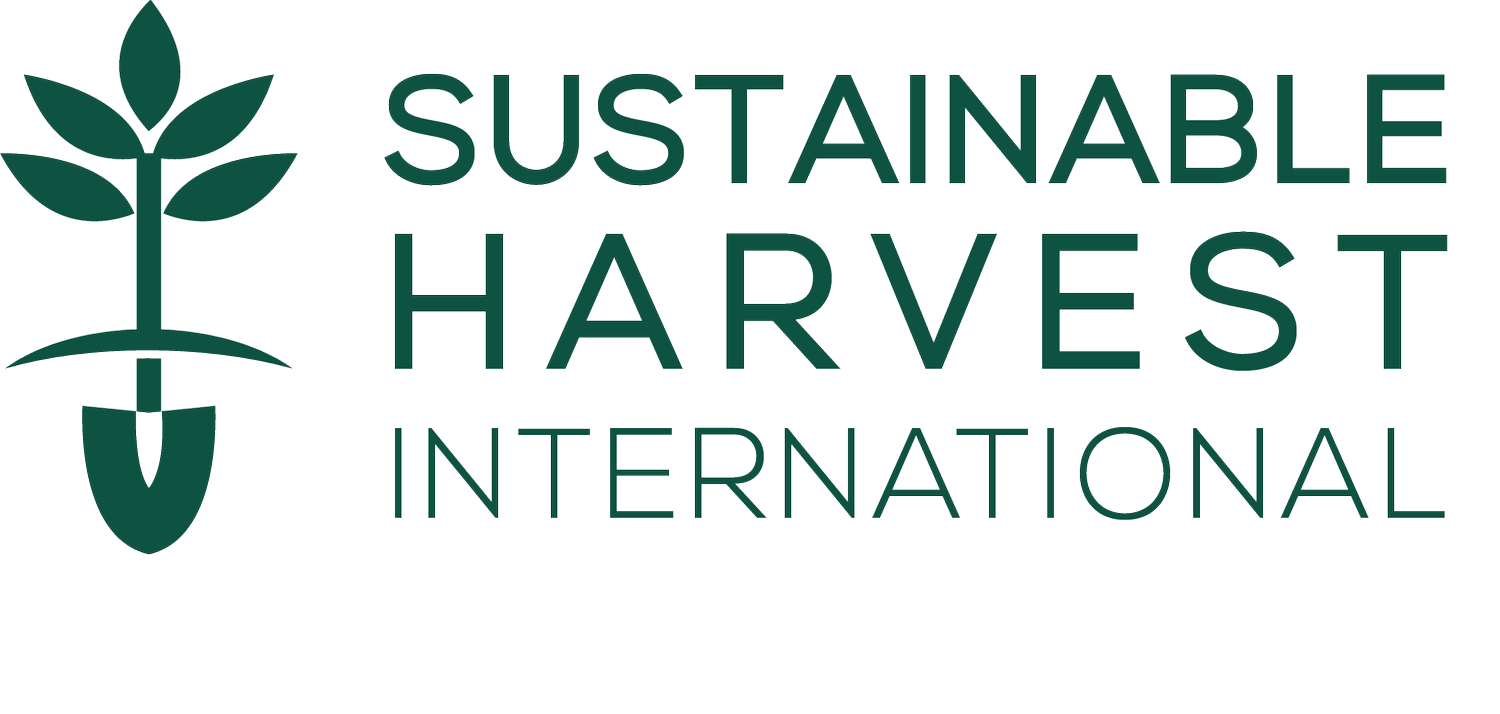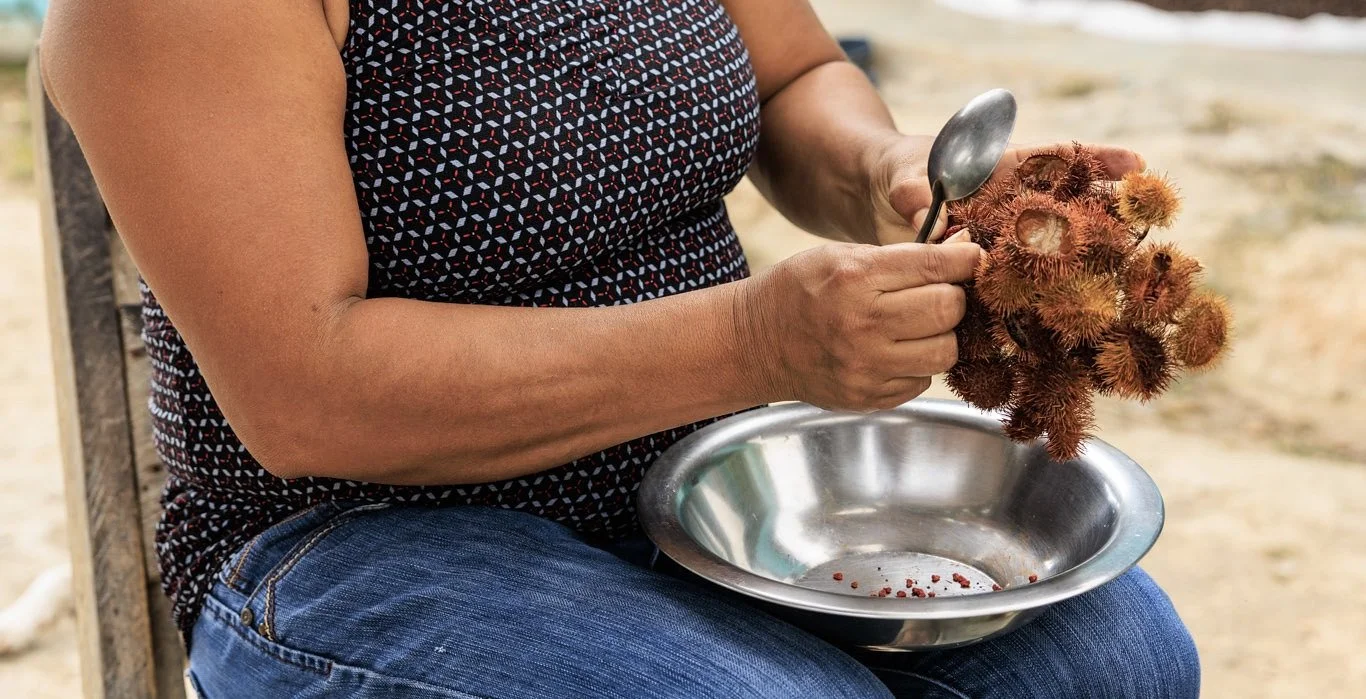New York, United States - Clean energy, innovative technology, and regenerative agriculture can combine to build a greener future. These were the themes at Economist Impact’s 5th annual Sustainability Week US. Arielle Burlett, Senior Grants Manager at Sustainable Harvest International (SHI), represented the nonprofit at this event uniting organizations dedicated to sustainable economic growth.
Economist Impact convened global leaders to explore how clean energy, smart technologies, and strategic investments can drive economic growth and environmental protection. Cross-sector collaboration was emphasized as a key component to scaling climate solutions. Panelists expressed how nonprofits like SHI can play a crucial role in this collaboration, by working together with corporate partners to drive global transformation. Supply chain access on a global scale was also discussed as a key challenge and opportunity area—especially for smallholder farmers like the ones who partner with SHI.
SHI’s programs empower family farmers with climate-smart techniques and sustainable agricultural practices, strengthening local food systems and supporting rural livelihoods. With 28 years of experience, SHI is expanding its network to further its Million Farm Transformation scaling initiative that focuses on partnerships, replicating their methodology, and deepening impact. While SHI focuses on localized adaptation, with adequate support, its model can scale and guide systemic change. Collaboration across sectors also fosters climate resilience, addressing immediate disaster relief and enabling long-term, community-led impact.
“Sustainability Week US brought together leaders from across sectors who understand that building climate resilience starts from the ground up. At SHI, we’ve seen that regenerative agriculture doesn’t just help farmers adapt to climate change—it reduces reliance on energy-intensive systems, restores ecosystems, and revitalizes rural economies. This gathering affirmed that locally rooted solutions like ours are essential to global progress.”
Notable conference speakers included Clinton Foundation’s Vice Chair Chelsea Clinton, the Rockefeller Foundation’s Executive Vice President Elizabeth Yee, and Former EPA (Environmental Protection Agency) Administrator Gina McCarthy. Attendees ranged from private companies, sustainability software firms, policy advisors, and nonprofits like SHI. Burlett exchanged ideas with fellow innovators to advance regenerative solutions that expand economic opportunities while restoring ecosystems. SHI’s participation in this event highlighted its commitment to driving forward solutions that protect the planet and build brighter futures for families and communities.
SHI’s Senior Grant Manager, Arielle Burlett, in front of Economist Impact’s 5th annual Sustainability Week US’ entrance banner.









